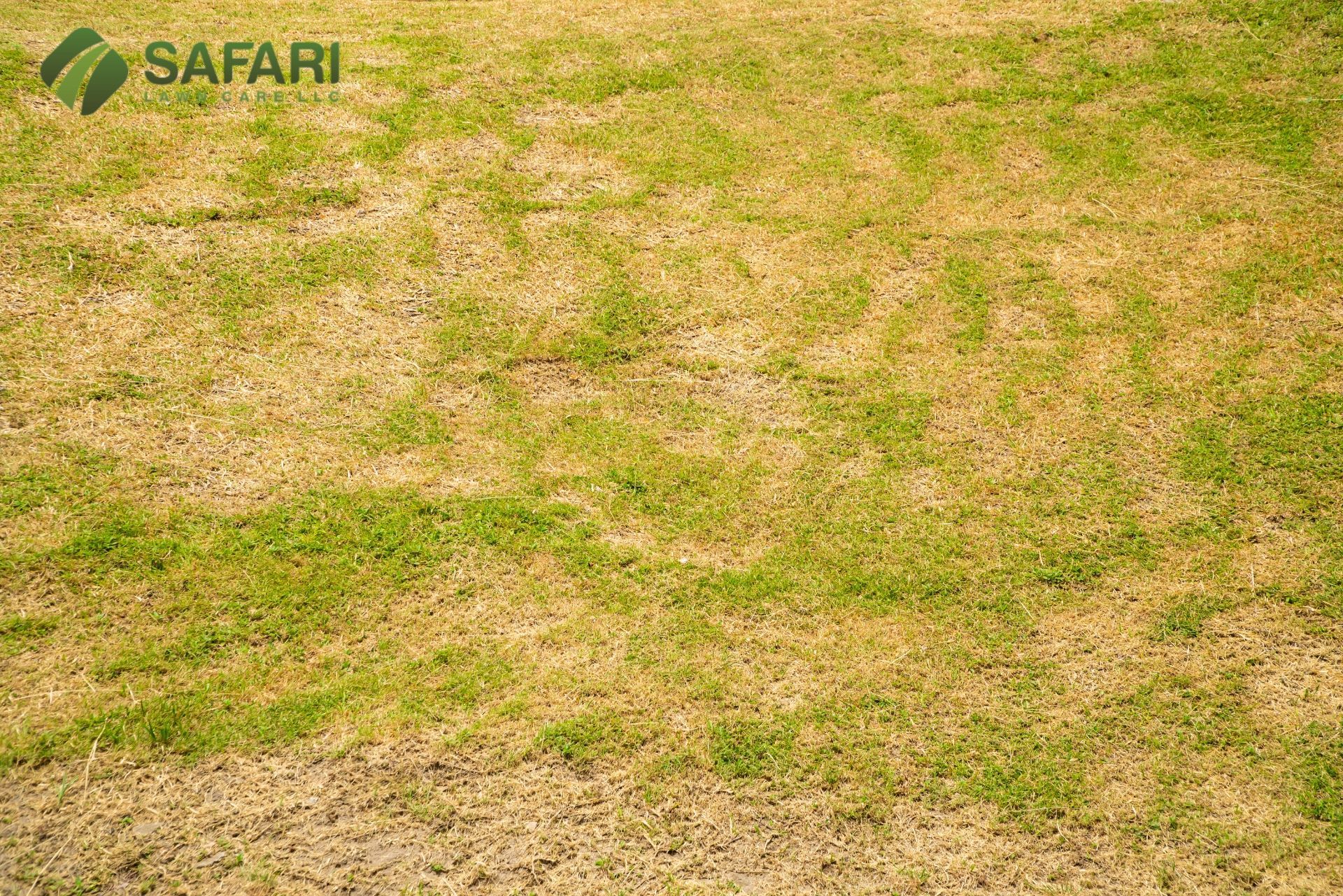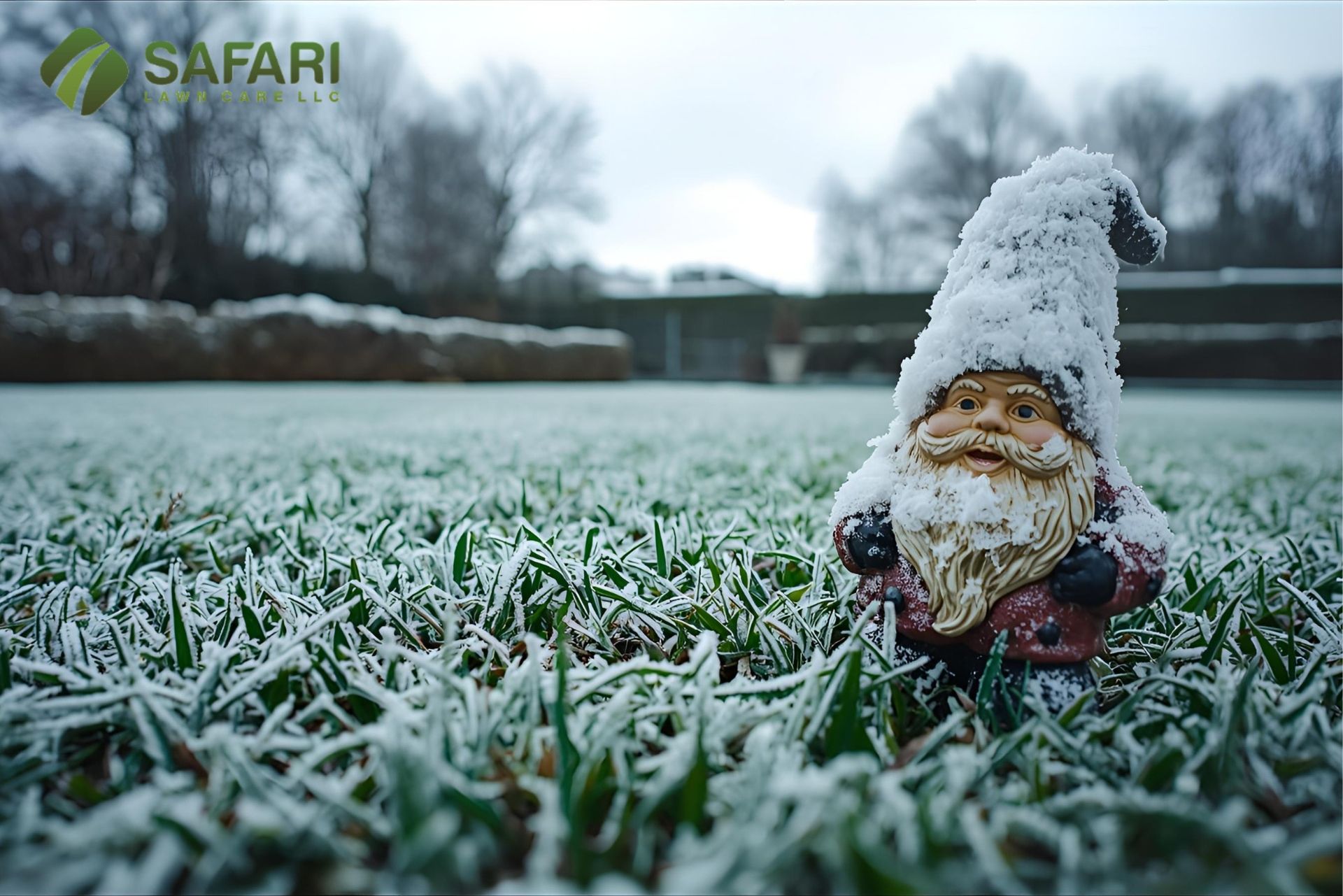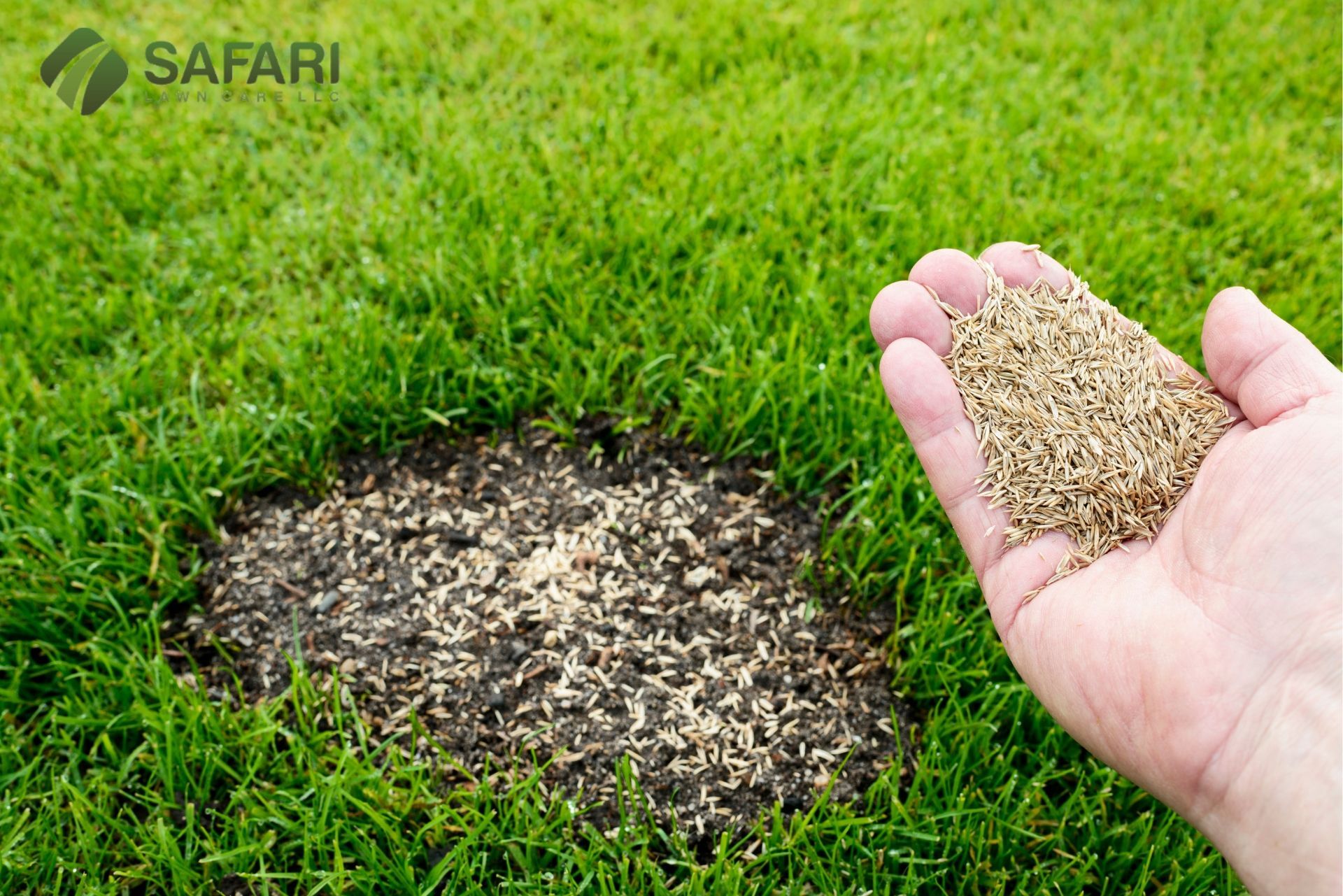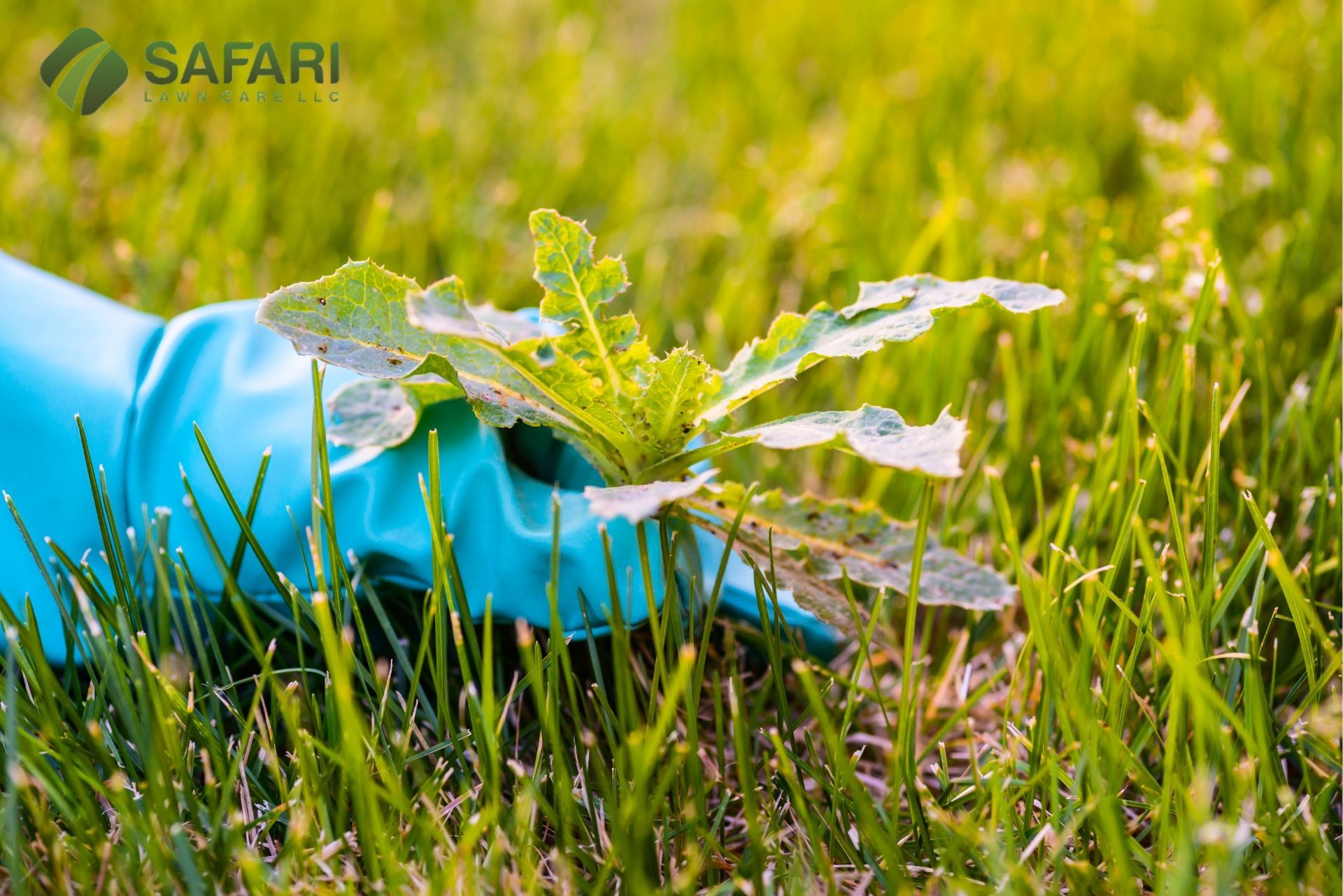Lawn Care in Boise's Drought Conditions: Tips and Tricks
Lawn Care in Drought Conditions
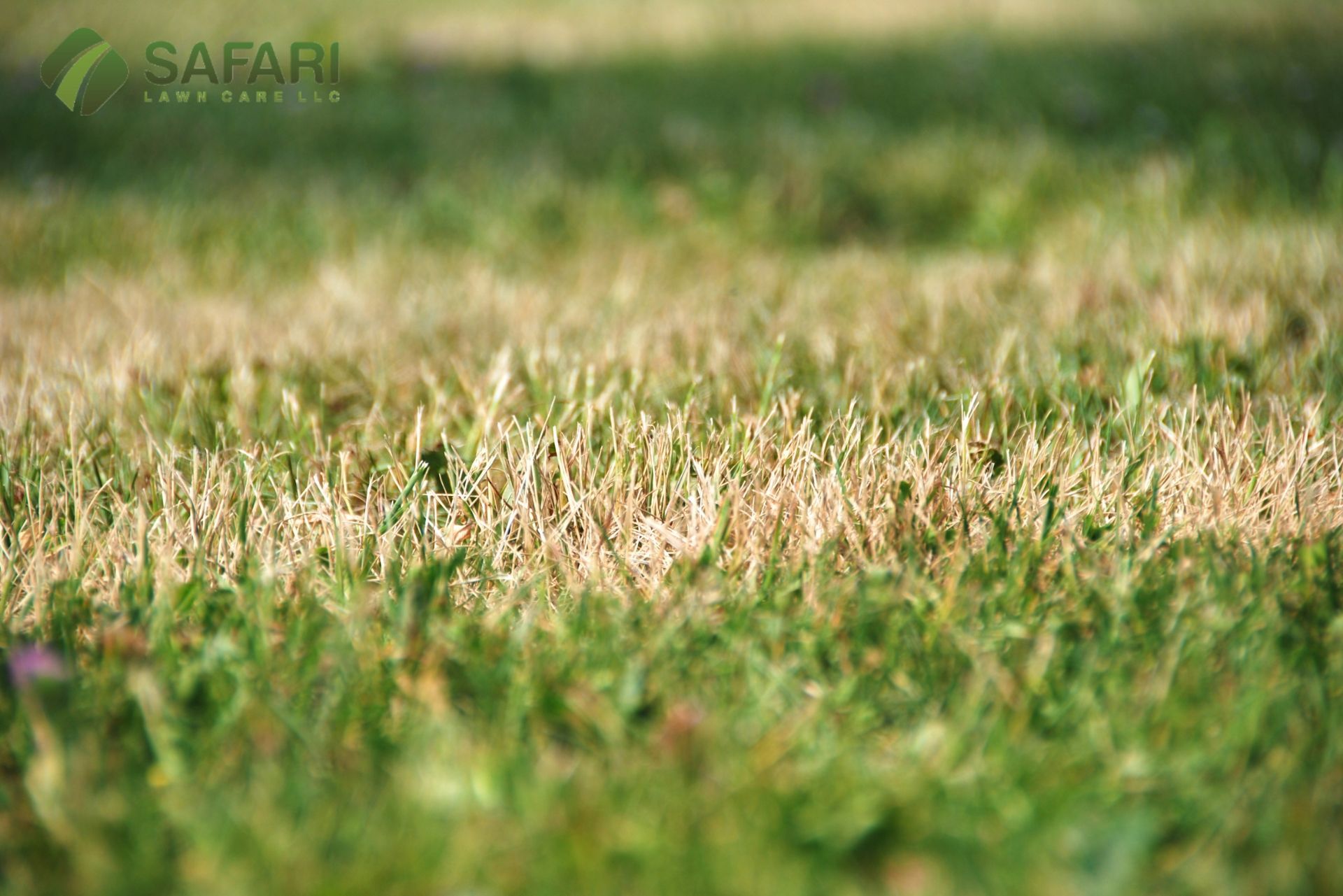
Your lawn’s not looking its best right now. You step outside, hoping for green, and instead you get a patchy mix of beige, brown, and something that crunches under your feet. It’s dry. It’s tired. And honestly? So are you.
We get it. At Safari Lawn Care, we’ve seen this all over town lately. The heat drags on, the rain doesn’t show, and suddenly your once-healthy lawn is looking like a sad, thirsty version of itself. But here’s the thing: it’s not gone. It’s just trying to survive.
And with a little help, it can make it through. Here's how.
1.Stop Watering Every Day
We know it sounds backwards, but watering your lawn every day can actually make things worse.
Why? Because all that light, frequent watering just dampens the surface. It encourages shallow roots—and shallow roots dry out fast. That’s why your lawn still looks thirsty even though you’ve been watering like crazy.
Instead, try this: deep, infrequent watering. We’re talking one inch of water, once or twice a week. That soaks down into the soil and encourages the roots to grow deeper, where the moisture sticks around longer.
Not sure how to measure an inch? Just set out a tuna can while your sprinklers are running. When it’s full, you’re good.
Bonus tip: Water early in the morning, between 4 and 8 a.m. That gives the water time to soak in before the sun starts stealing it away.
2.Practice Healthier Mowing Habits
This one surprises people, but it makes a big difference: raise your mower blade.
Cutting your grass short might make it look neat for a day or two, but during a drought, it’s a fast track to a crispy lawn. Short grass exposes the soil, which means moisture disappears quicker and your lawn takes a beating from the sun.
Here’s what we recommend: set your mower to the highest setting—around 3 to 4 inches. That longer grass shades the soil, protects the root zone, and helps the lawn stay cooler and more hydrated.
Also, don’t mow if your grass isn’t growing. If it’s gone dormant, let it be. And when you do mow, follow the one-third rule: never cut off more than a third of the grass blade at once.
One more thing: If your grass looks torn or brown at the tips after mowing? Sharpen your mower blades. Dull blades tear the grass instead of slicing it clean, and that damage dries it out even faster.
3. Put the Fertilizer Down (For Now)
Look, we know you want to fix it. A lawn full of brown patches practically begs for a boost, right?
But here’s the hard truth: fertilizing during a drought will only make things worse.
Fertilizer pushes your grass to grow, and growth requires water—lots of it. That’s a demand your lawn just can’t meet right now. So instead of getting greener, it gets more stressed.
Same deal with weed killers. Herbicides can damage the already-weakened grass, making it even more vulnerable.
So do your lawn a favor: hold off on all treatments until the weather cools down and the rain comes back. You’ll get better results and cause way less damage in the long run.
4. Let It Go Dormant (That’s Not a Bad Thing)
If your grass has turned golden-brown and stopped growing, don’t panic. That doesn’t mean it’s dead.
It means it’s dormant.
Dormancy is your lawn’s built-in survival mechanism. It basically shuts down to conserve energy and water until the stress passes. The key thing is: it’s still alive. You just have to keep it that way.
To keep the grass crowns (where new growth starts) alive, give it a little water—just 1/4 inch every 2 to 4 weeks. That’s not enough to bring it back, but it’ll keep it from dying completely.
And while it’s dormant, try to stay off it. Walking or playing on dry, brittle grass can crush the crowns and slow down recovery later. Think of it like someone sleeping off a fever—let it rest.
5. Rethinking Your Grass? You’ve Got Options
If dry summers are starting to feel like the new normal where you live, it might be time to look at what kind of grass you’ve got. Some types handle drought better than others.
Here are a few we like:
- Tall Fescue: Deep roots, great drought tolerance, and it still looks good.
- Fine Fescues: Low-maintenance, happy in shade, and doesn’t ask for much.
- Buffalograss: Native, super tough, and barely needs mowing or water.
Not sure what would work best in your yard? That’s what we’re here for. We can help you figure it out—and even get it planted for you.
Your Lawn Just Needs a Little Support
Ready to work with Safari Lawn Care?
Let's connect! We’re here to help.
Send us a message and we’ll be in touch.
Or give us a call today at 208-562-1500
